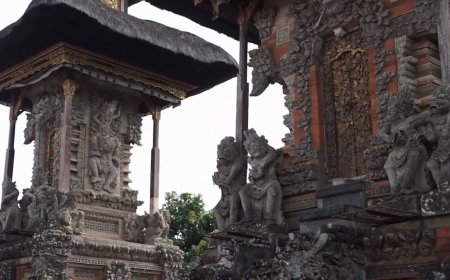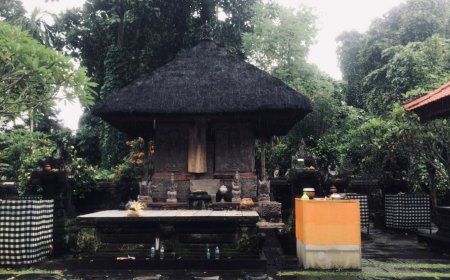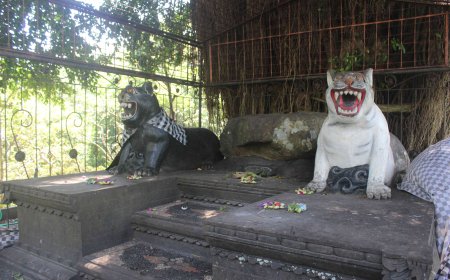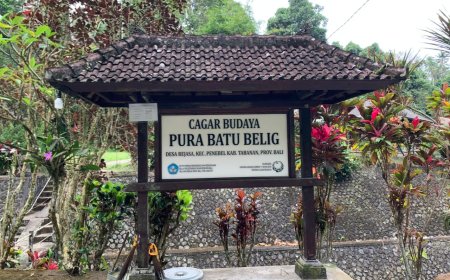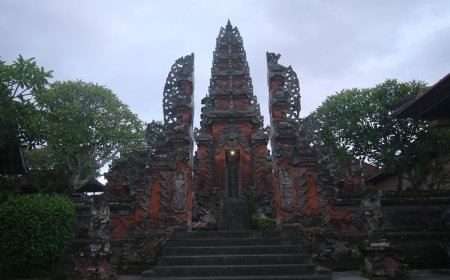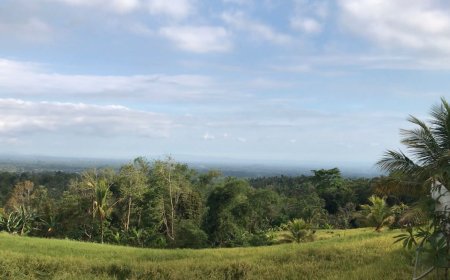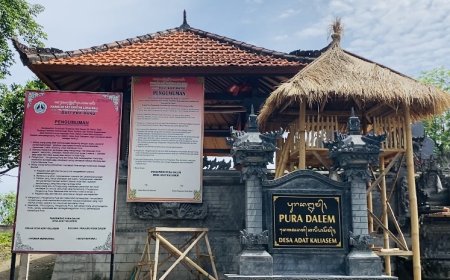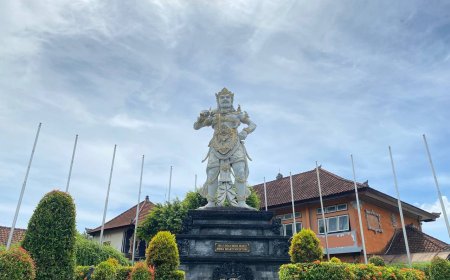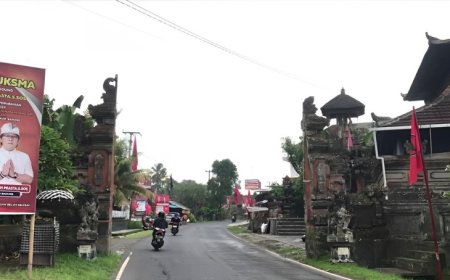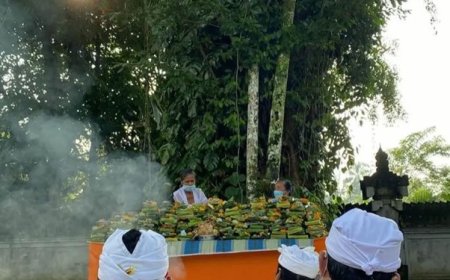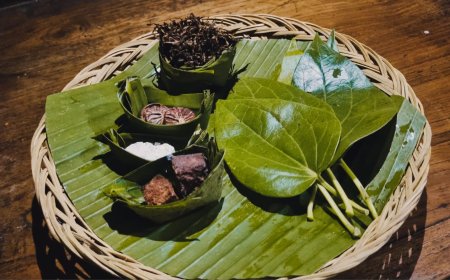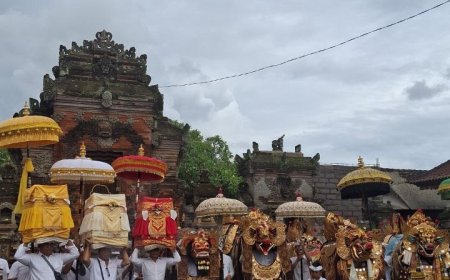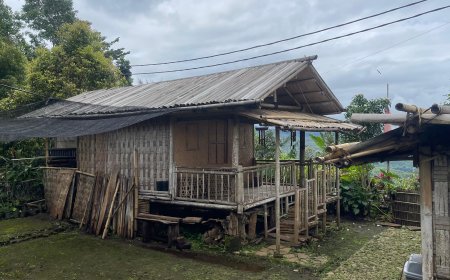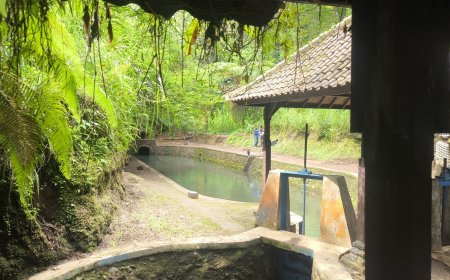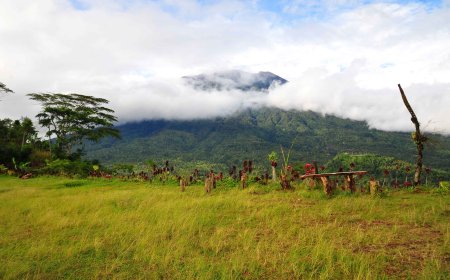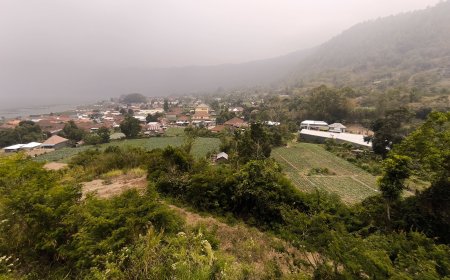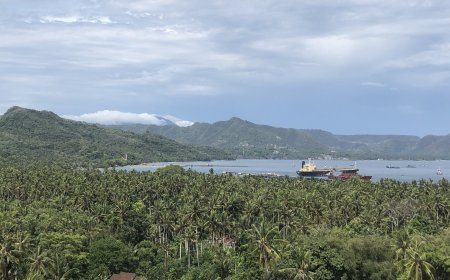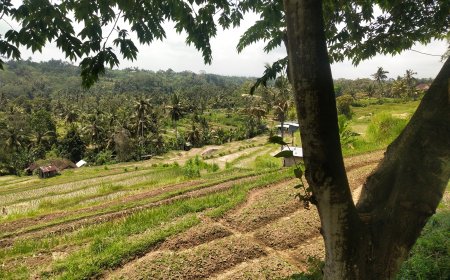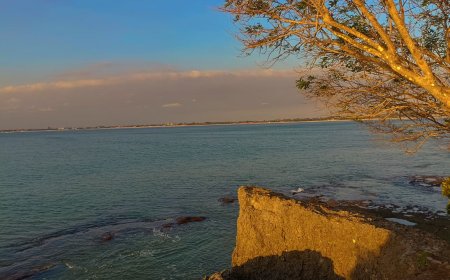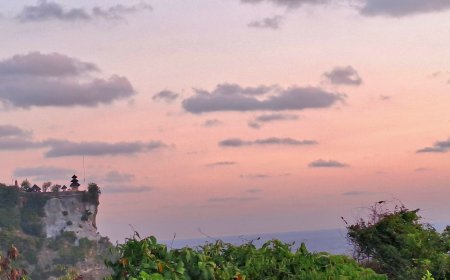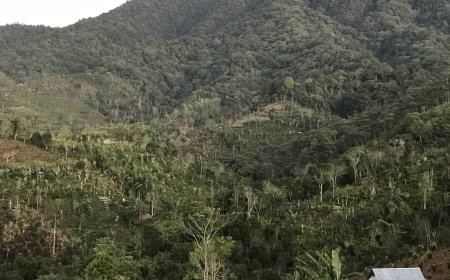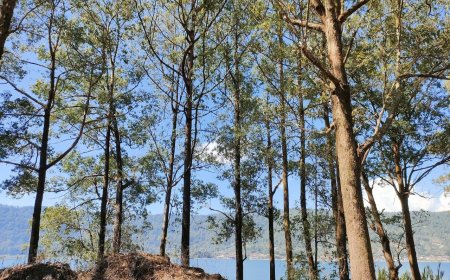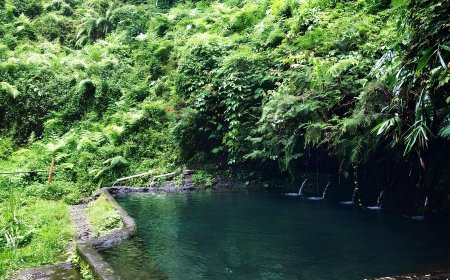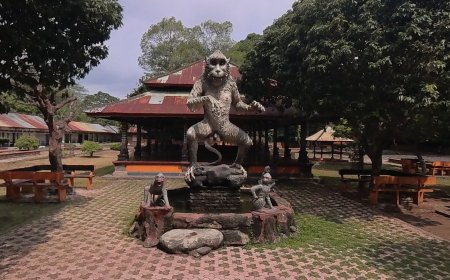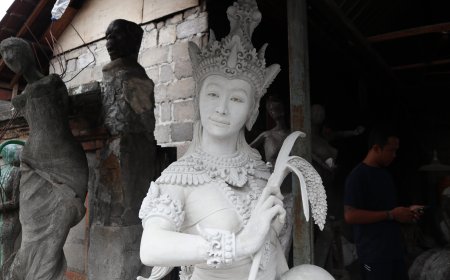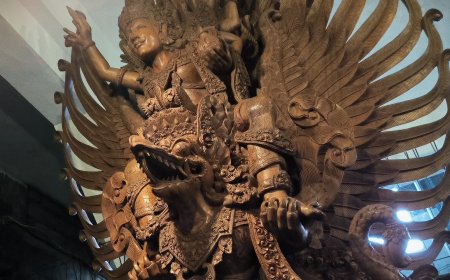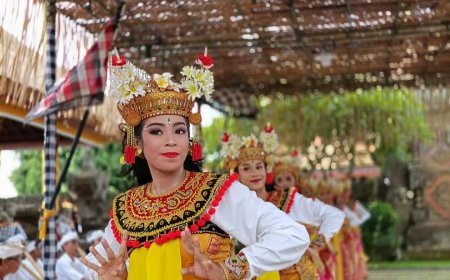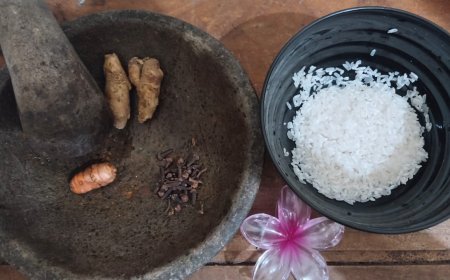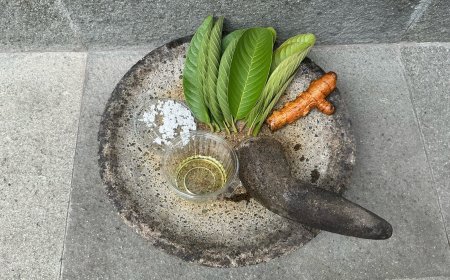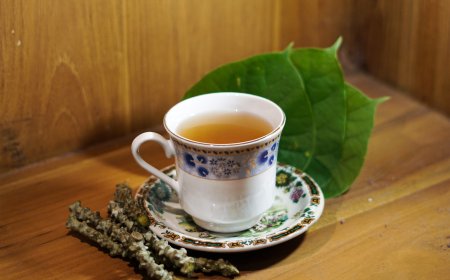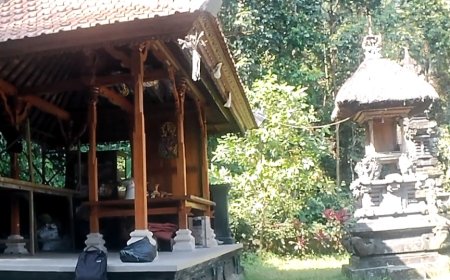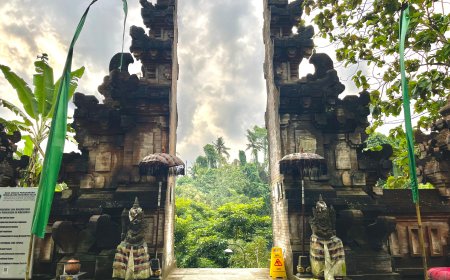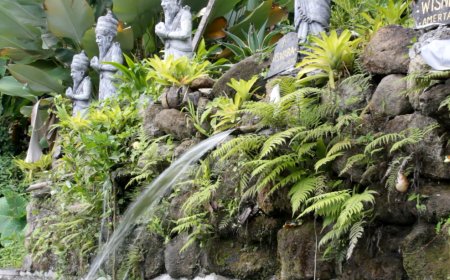The Beauty of the Spring in Campuhan Temple, Tohjiwa Traditional Village
Campuhan Temple, an integral part of Tohjiwa Customary Village, is a remarkable spiritual destination. However, to reach the peak of its magnificence, visitors must conquer hundreds of stairs descending below, leading them toward the purity and beauty of this temple.
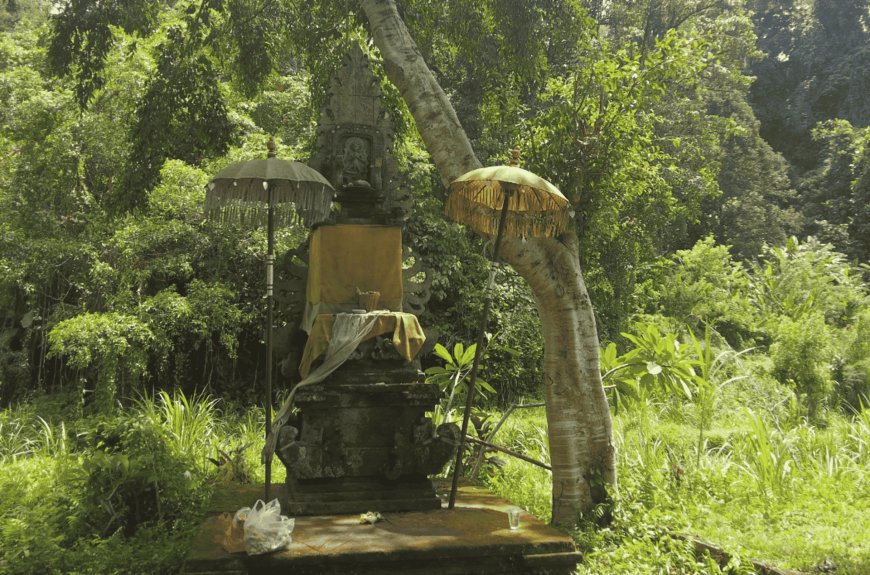
Tohjiwa Village in the province of Bali, Karangasem Regency, not only presents the beauty of untouched nature but also showcases the well-preserved richness of its customs and culture. One of the gems in this village is Campuhan Temple, a sacred place adorned with unique and mesmerizing springs.
Campuhan Temple, an integral part of Tohjiwa Customary Village, is a remarkable spiritual destination. However, to reach the peak of its magnificence, visitors must conquer hundreds of stairs descending below, leading them toward the purity and beauty of this temple.
Campuhan Temple is not merely a place of worship; it also offers enchanting springs. The journey to these springs takes visitors through small paths surrounded by lush trees, providing a profound natural experience. The true challenge arises when visitors must navigate a trackless path strewn with large stones, guiding them to the summit of Campuhan Temple's blessings.
Campuhan Temple Sacred Root (Photo Source: Editorial Collection)
These sacred springs are not just ordinary water sources. Known as the center of "tirta amerta" (holy water), these springs serve as the primary location for the Ida Bhatara Mesucian ceremony. Also known as Melasti, this ceremony is conducted once a year, precisely two to four days before the Nyepi celebration. Its main purpose is to perform ritual purification of oneself and the environment while honoring the deities presented at Campuhan Temple.
Campuhan Temple is not only a captivating sacred place but also holds profound philosophical meaning. The name "Campuhan" itself means a mixture, referring to the confluence of three major rivers flowing around the temple. The Yeh Manis River, Kaliyunda River, and Telaga Waja River merge to form a charming river, carrying symbolic significance for the local community.
In Hindu philosophy, the confluence of these three rivers signifies the Tri Murti, representing the creator, preserver, and destroyer. Campuhan Temple, with the presence of these three aspects, embodies harmony and balance in nature, reflecting the revered unity in the lives of the Balinese people.
Campuhan River (Photo Source: Editorial Collection)
The river flowing through Campuhan Temple is more than just a watercourse. Born from the harmonious marriage of three major rivers, this river enriches the surrounding nature with extraordinary beauty. Flowing through lush greenery, the river creates a captivating natural panorama, delighting the eyes of anyone fortunate enough to witness it.
The Campuhan River also silently witnesses every step of the rituals during the Ida Bhatara Mesucian ceremony. Its pure and clear waters become the medium for self-purification and the conveyance of prayers to the heavens.
Tohjiwa Village, with Campuhan Temple and its natural beauty, offers an unforgettable experience. Beyond being a place of worship, Campuhan Temple silently bears witness to religious ceremonies rich in meaning. With its sacred springs and enchanting river, this village invites us to reflect and immerse ourselves in the grandeur of Bali's nature while understanding the unique culture that stands resilient amidst the changing times.
In conclusion, let us reflect upon and appreciate the beauty of nature and the cultural richness found in the village of Tohjiwa, particularly in Campuhan Temple. Amidst the daily hustle and bustle, let us not forget to treat nature with utmost respect and preserve the local wisdom passed down from generation to generation. Campuhan Temple stands as a living testament to the harmony between nature and spirituality, as well as the uniqueness of the culture that can serve as inspiration for us all. Together, let's preserve this wonder for future generations, ensuring that the natural and cultural treasures of Bali remain timeless through the passage of time.
